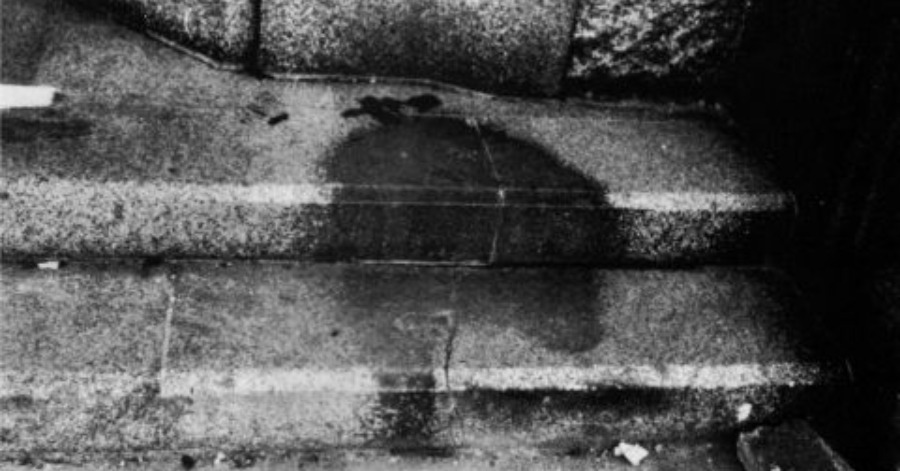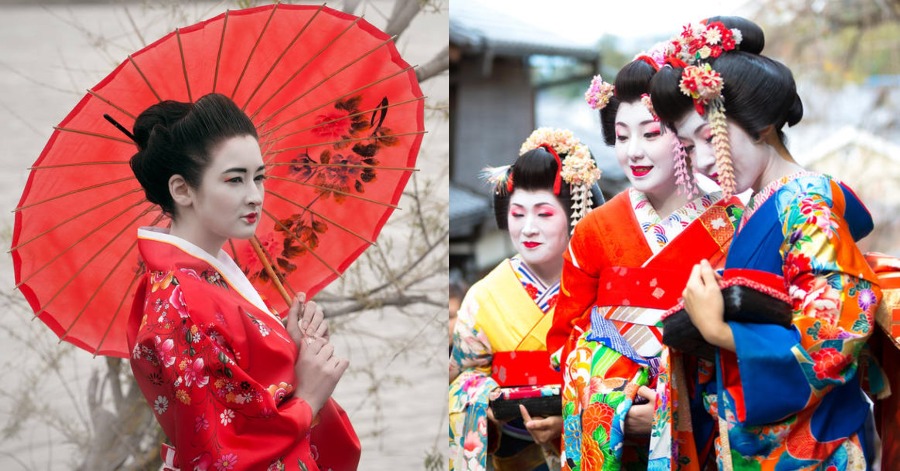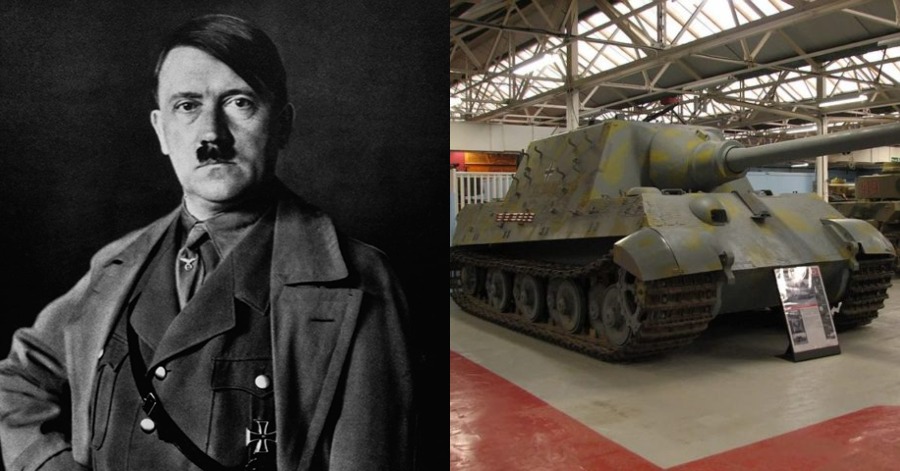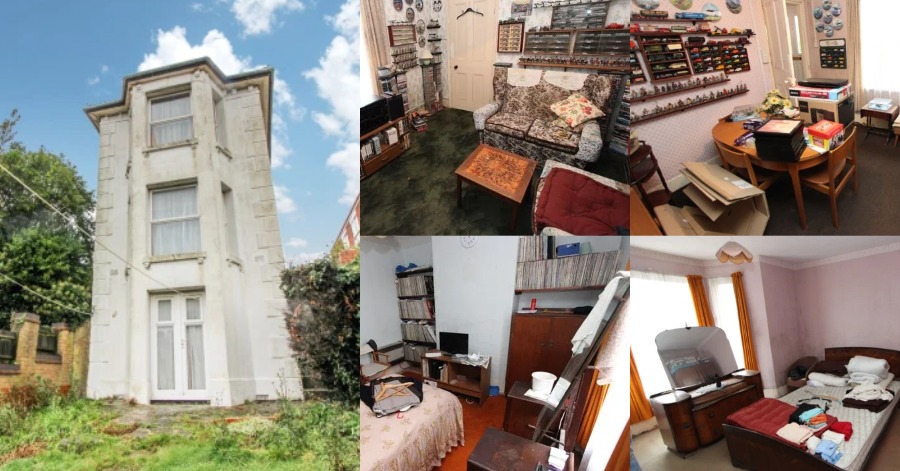We all remember the gruesome bombing that took place in Hiroshima. The city of Hiroshima is a port on the island of Honshu in Japan. It was the first city ever to be struck by an atomic bomb.
Hiroshima was founded in the 1500s as a castle town. It was a military center beginning in the 1860s. The United States dropped the atomic bomb on August 6, 1945, in the final days of World War II. Hiroshima was largely obliterated. Over 70,000 individuals died on the spot. Many more individuals died subsequently as a result of the bomb’s radiation.
Although the bombing was thought to destroy lives, the impacts of the Hiroshima atomic bomb are still obvious in some way or another in the generations of people who went through those dreadful times.
The Shadow

The Human Shadow of Death, also known as Human Shadow Etched in Stone, is a living representation of the devastation caused by two American bombs during World War II. They took the lives of innocent people, displaced millions of people, and left the Japanese with radiation-related illnesses that are still plaguing them today.
According to history, A person sits on a flight of stone stairs leading up to the entrance of the Sumitomo Bank in Hiroshima, Japan, about 8:15 a.m. on August 6, 1945. An atomic bomb detonated about 800 feet distant seconds later, instantly incinerating the individual sitting on the stairwell. That was the end of it. However, not without leaving a trace.

According to the Google Cultural Institute, the victim must have perished instantly from extensive burns after receiving the rays directly. The powerful heat rays made the surface of the adjacent stone steps white. The person’s seat went dark as if it had been cast in shadow.
That shadow lingered for years until being eroded by rain and wind. The steps were transported to the Hiroshima Peace Memorial Museum after a new Sumitomo Bank was built, where they are presently preserved. The “Human Shadow Etched in Stone” may be seen above.
Apart from that, a bicycle on the floor, a permanent pale shadow of a bridge on the tarmac roadways that had melted down, a figure with a walking stick, and an outline of a person holding a ladder were among the other unsettling shadows left by the bombings, to name a few.
Authorities attempted to preserve it by putting it in a glass case and completely enclosing it, but this failed. As a result, the part of the stone that casts the shadow has been taken off and placed in a glass case at the Hiroshima Peace Memorial Museum, where it will be well conserved.

Peace Memorial Park has been built on the site where the bomb exploded in Hiroshima. It has a museum as well as memorials to the deceased. The Atomic Bomb Dome is the remnants of a single building that survived the blast mostly intact.
Sources: STSTW Media, Google Art and Culture, Open Culture, Britannica Kids








Leave a Comment